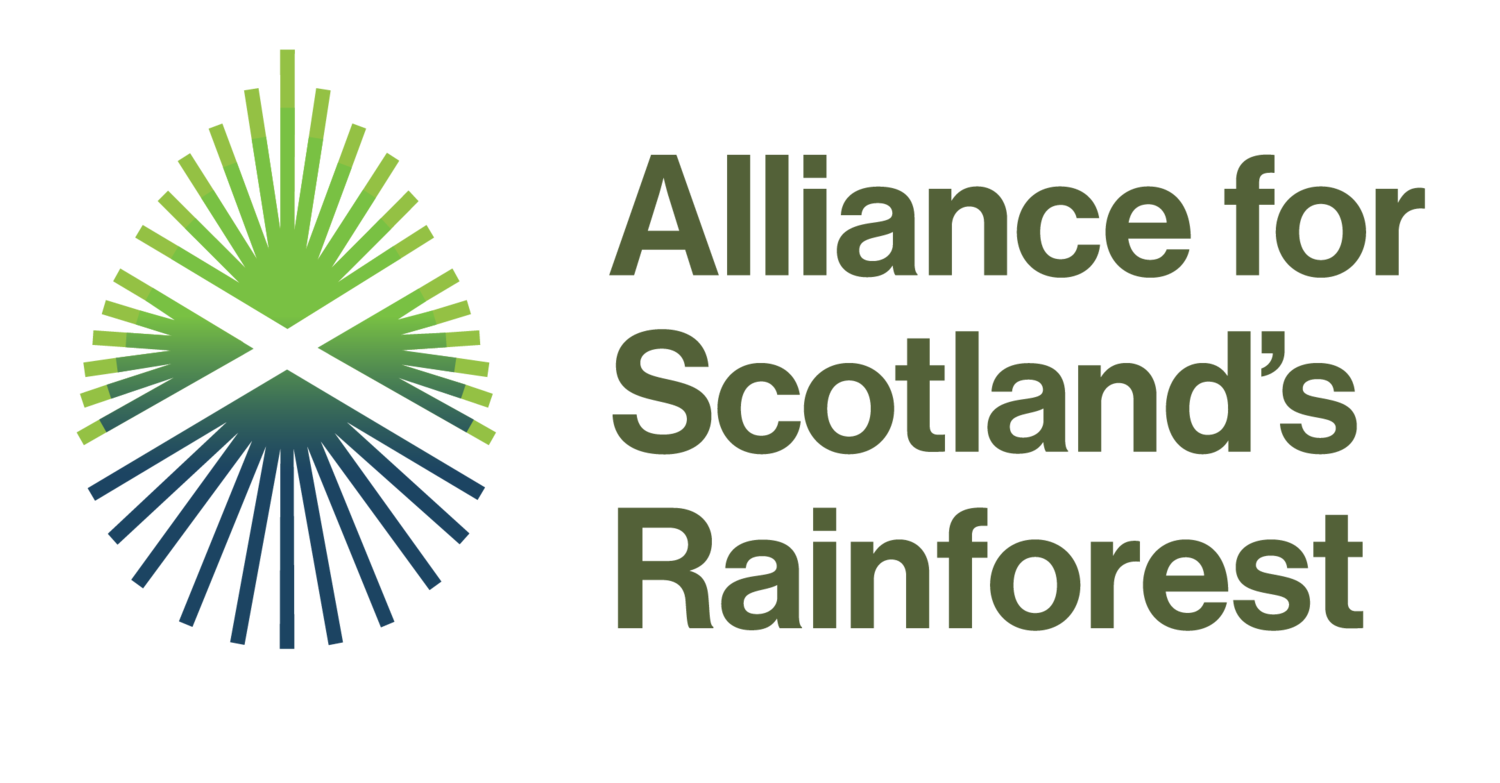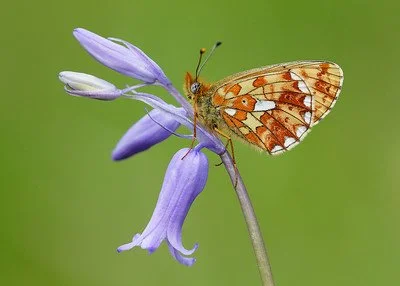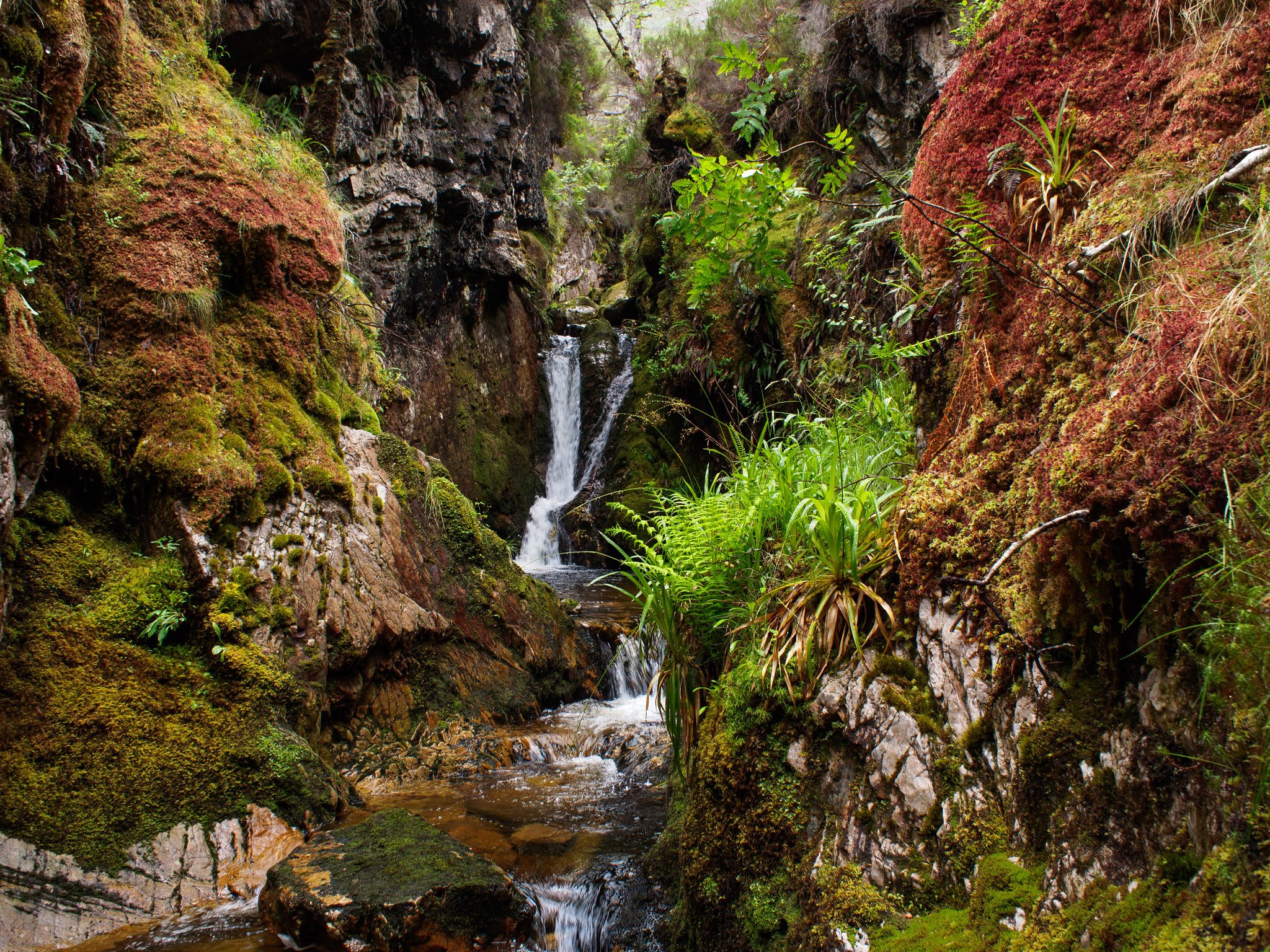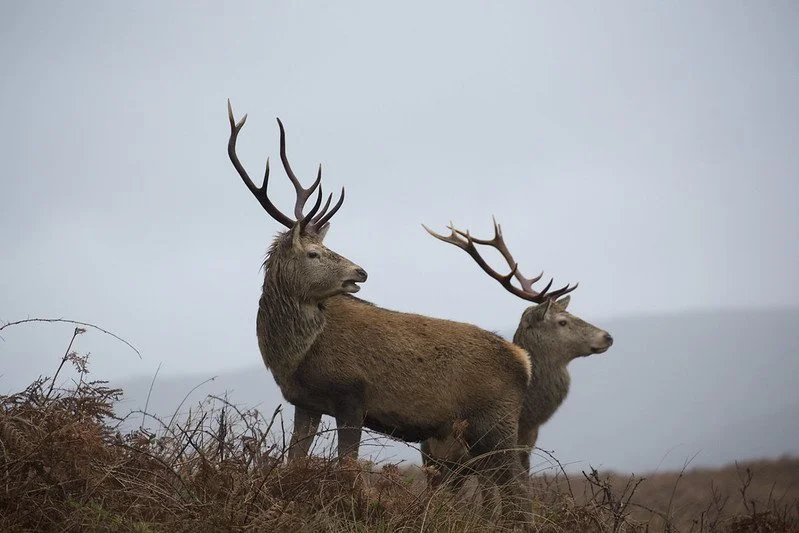The amazing biodiversity of the rainforest
Did you know that Scotland’s rainforest is one of the UK’s most biodiverse habitats? Here’s a look at what biodiversity is, and why it’s so important.
Take a walk in a forest full of life
Scotland’s temperate rainforests are amazing places to visit. In dappled shade, the forest floor is covered in a thick layer of moss. Ferns grow in abundance, and wherever you look there are lichens dripping and clinging on to every available surface. In amongst the birch and hazel grow bluebells and dog violets, which attract pearl-bordered fritillaries to feed. Up above, pied flycatchers and redstarts flit around catching insects for their young, while red squirrels scamper around the branches.
There is so much life here, and some of the highest biodiversity you’ll find anywhere in Scotland.
What is biodiversity?
At its simplest, biodiversity is a way of measuring the variety of lifeforms in a defined area. That area could be a jam jar, or it could be the planet Earth, and the lifeforms measured are everything from the ground up, from simple bacteria to top predators like bears and big cats, and even people. All these lifeforms combined with the habitat they live in create an ecosystem.
The biodiversity of an ecosystem is important because every living thing depends on something else to stay alive. The more biodiversity there is, the more complex the connections between species, and the more resilient a system is to change.
A healthy ecosystem with high biodiversity also helps to regulate processes that are vital for all life, including clean water, clean air and a healthy, fertile soil. These things are just as important for people as they are for wildlife.
Why do some places have high biodiversity?
Wet, warm environments without annual weather extremes are great for plants and insects and all the things that feed on them, and then all the things that feed on them, and so on. Places like these have some of the highest levels of biodiversity on Earth, and they’re often rainforests.
There are two main types of rainforests: tropical like the Amazon, and temperate like Scotland’s rainforests. Tropical rainforests are warmer, because they sit closer to the equator, while temperate rainforests tend to be found in coastal areas. Temperate rainforests are actually quite rare, as the specific climate they grow in can be found over less than 1% of the planet.
Both types of rainforest support a vast array of life and species that are often found nowhere else on Earth. But both types are also at risk of losing their biodiversity, and it’s happening at a shocking rate in some places.
What causes biodiversity loss?
Sadly, the biggest driver of biodiversity loss in the world today is us.
When we build new roads and houses, or plant monocultures of crops, we remove all the plants and animals that should be thriving in those environments. As we do this in more and more places, not only do the overall populations of species decline, but remaining populations also become isolated from each other, causing problems with genetic diversity. Vulnerable species that can’t adapt quickly may even become locally extinct, and once gone, may not be able to return.
Another huge driver of biodiversity loss is our habit of moving animals and plants to the wrong parts of the world. These non-native species can be devastating for the ecosystems they encounter, particularly if they become invasive or carry disease.
Other issues causing biodiversity loss are over-fishing and hunting, pollution, and the climate emergency, all of which are helping to contribute to the startling declines in biodiversity in many parts of the world today.
Threats to the biodiversity of Scotland’s rainforest
Rainforests have evolved to exist with a small number of plant-eating animals. These help prevent the trees from becoming overcrowded and shading out the forest floor. However, in Scotland, these plant-eating animals no longer have any natural predators so their populations are very high. Native red and roe deer are now creating serious problems in the rainforest, with more than 40% of sites limited by high levels of grazing.
Another impact is invasive non-native species. Our rainforests suffer from the impact of a whole range of plants that just shouldn’t be there, from Himalayan balsam to Japanese knotweed. But the worst by far is a garden escape: Rhododendron ponticum. This shrub colonises the woodland very fast, shading out everything else that’s trying to grow until it dominates whole areas.
Non-native trees are a further problem, with plantations covering about a fifth of sites that were previously covered in native rainforest. Pollution too is damaging many of the lichen species that need clean air to thrive, while tree diseases such as ash dieback, can be devastating.
To make matters worse, the climate emergency is already changing weather patterns, with more violent storms bringing trees down faster than they can be replaced, and longer spells of hot, dry weather increasing the risk of wildfires. It’s likely that in the future, the already small climate zone that supports temperate rainforest will actually shrink even further.
What you can do to help
Biodiversity loss its a serious problem in Scotland’s rainforest, and it needs immediate action. The partner organisations of the Alliance for Scotland’s Rainforest are all working individually and together to protect and restore this globally important habitat, but you can help too!
Whether you want to volunteer to help remove Rhododendron ponticum, donate to one of the rainforest appeals, ask your MP or MSP what they’re doing for the rainforest, or just share the word about Scotland’s rainforest to your friends, every action makes a difference.
Find out more: https://savingscotlandsrainforest.org.uk/get-involved





